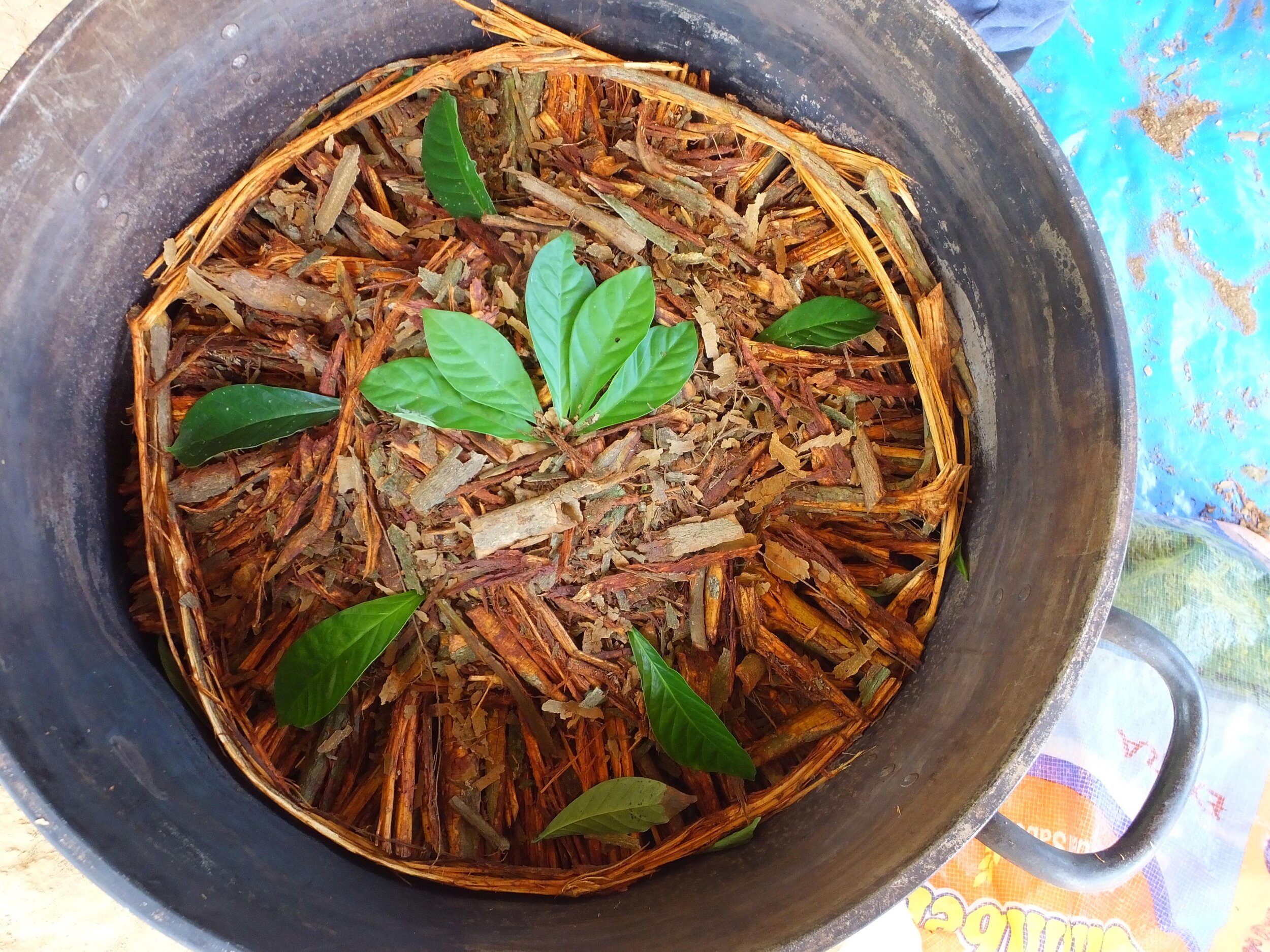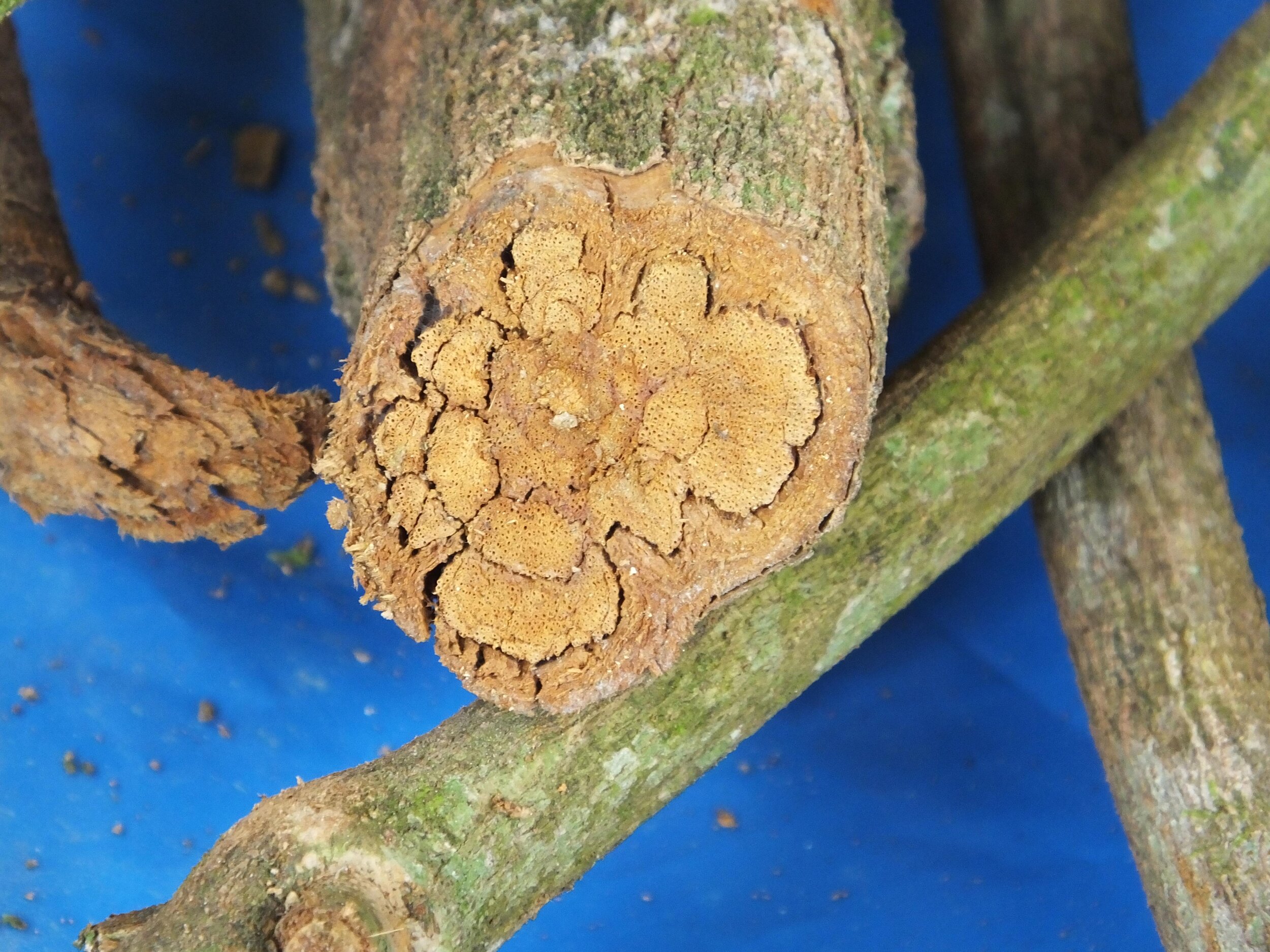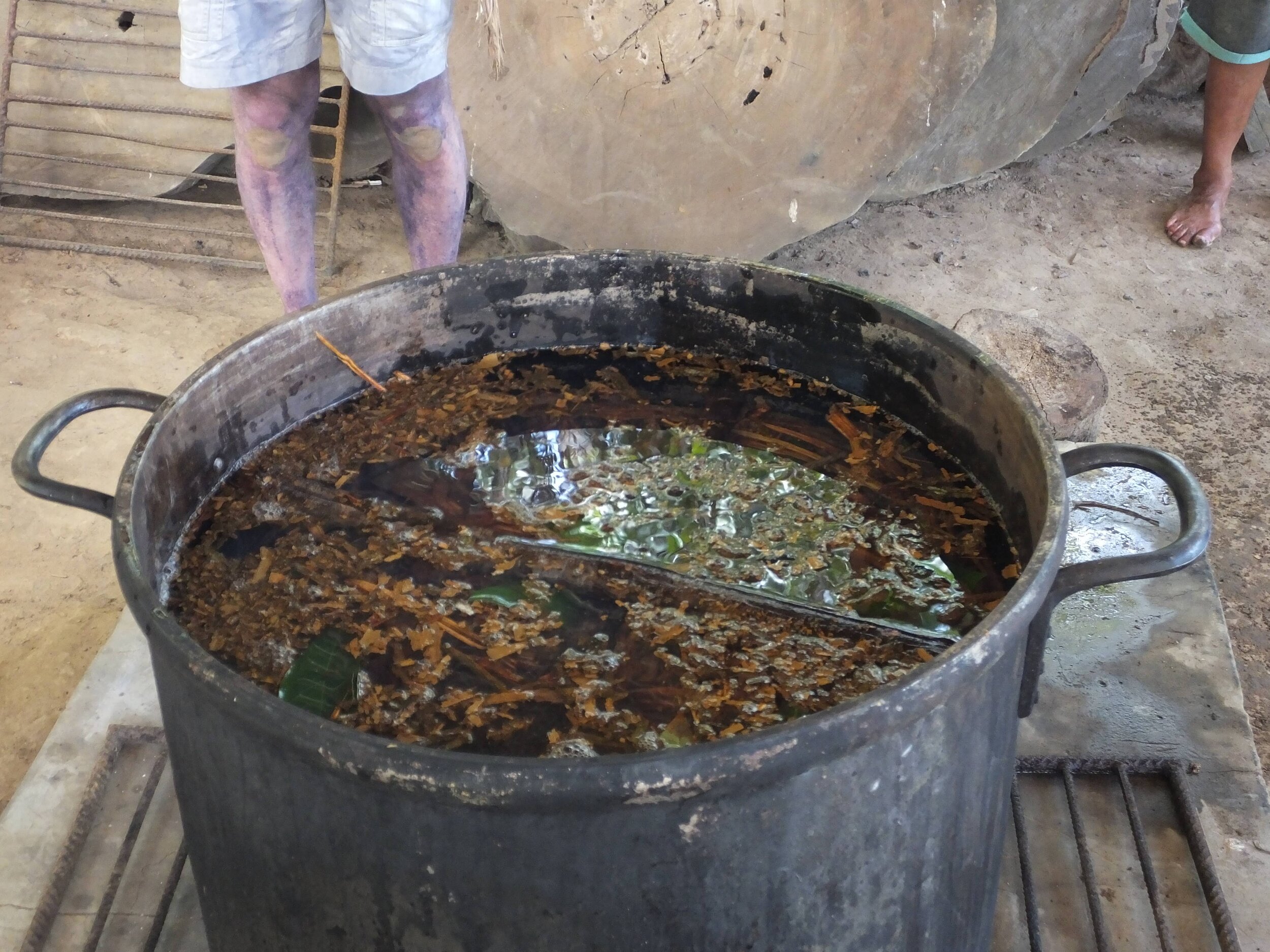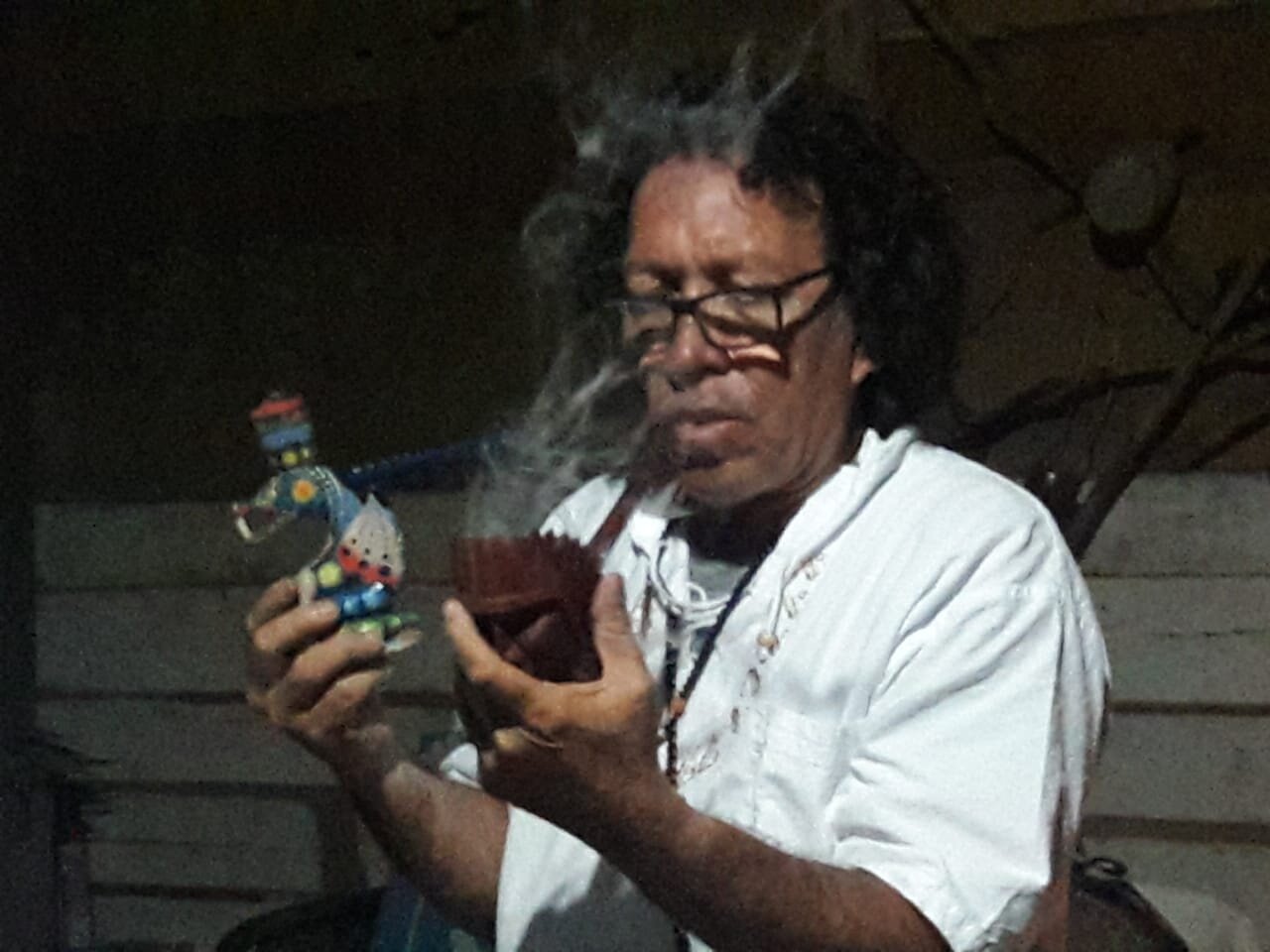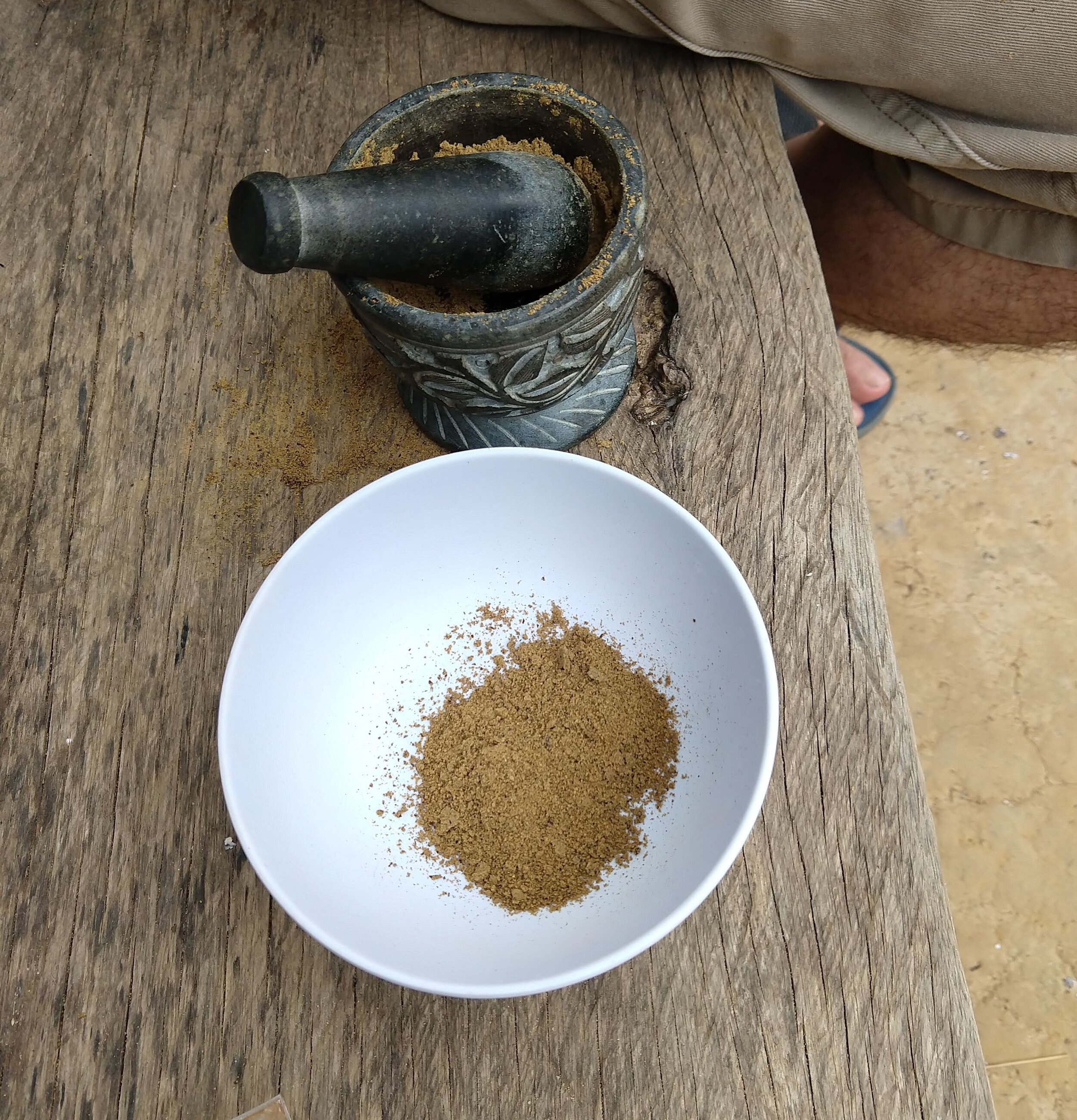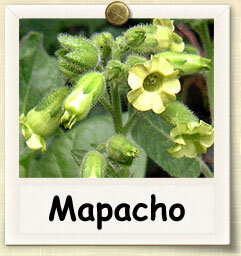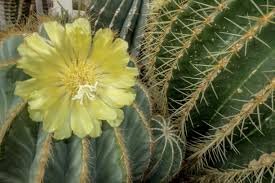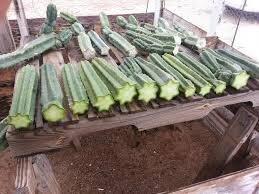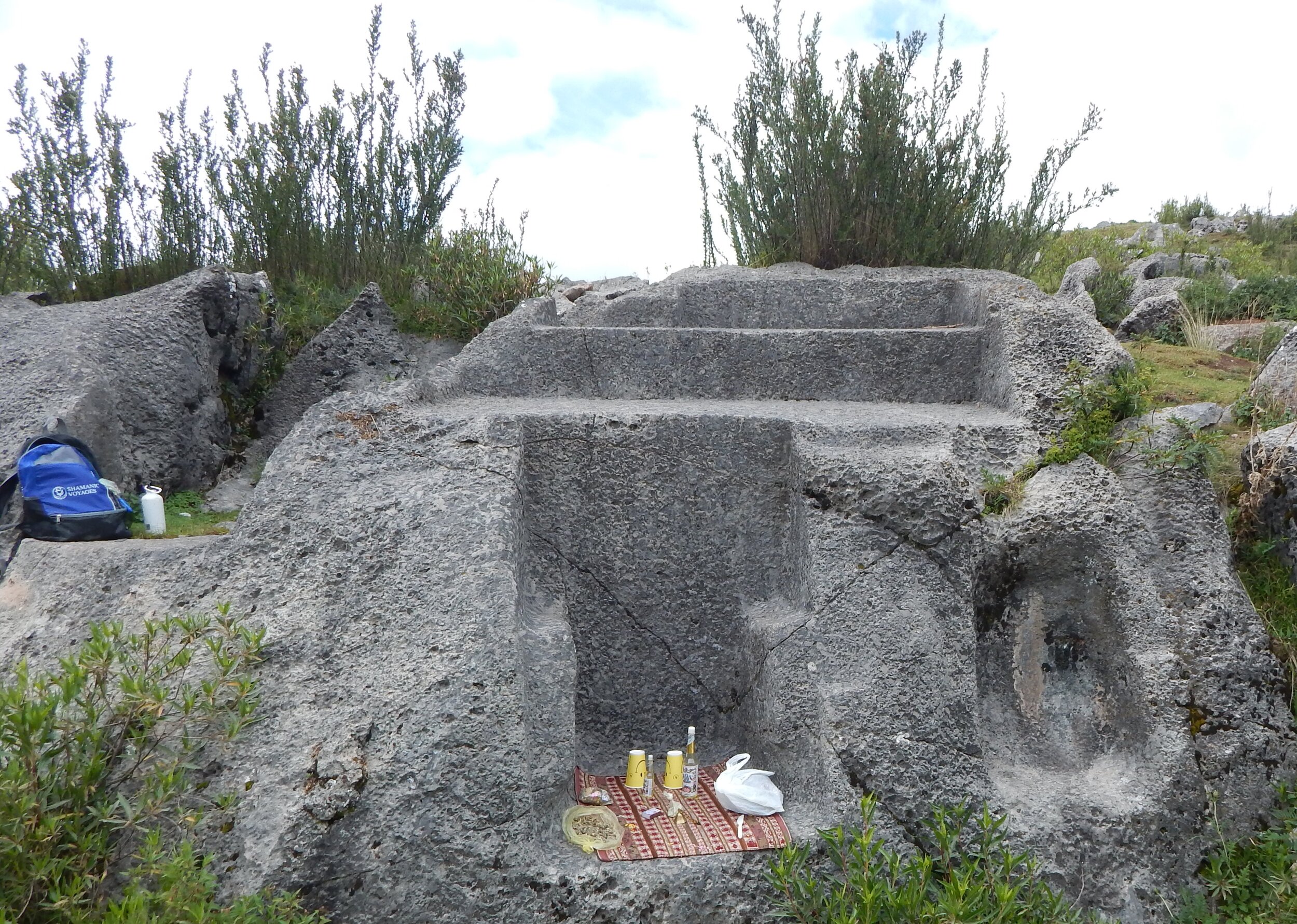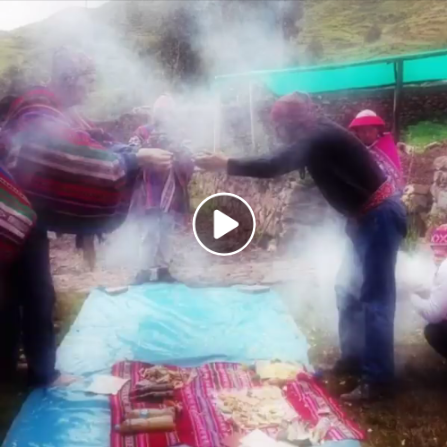Notes:
It is the policy of Shamanic Voyages to never require our participants to take part in any ceremony or activity with which they are not comfortable. We do ask however, that everyone attend ceremonies together whenever possible, to ensure group cohesion and to help hold the sacred space.
Many of our trips and retreats are educational and include spiritual and energetic practices. Occasionally, sacred medicines will be part of the itinerary, some of which are visionary psychotropics. Participation is never required, but will be a significant part of the Amazon trip. Below you will find some brief notes on some of those medicines.
These medicines are legal in the countries where we use them. In many cases they are NOT in your home country. All participants of our programs are expected to respect the laws and customs of the jurisdiction we are visiting and check to make sure they don’t return to their home countries with prohibited goods.
Ayahuasca is a preparation made from the boiling down of the ayahuasca vine, (Banisteriopsis caapi), and a companion plant, Chakruna, (Psycotria viridis). Individually, neither of these plants are psychotropic due to our inability to digest or extract the active ingredient, dimethyltriptamine (DMT), from the chacruna, and the ayahuasca vine contains very little DMT. What the ayahuasca vine does contain however, is two alkyloyds called Harmine and Harmaline, that make the extraction possible in our digestive tract. This is not without some discomfort or distress, with nausea being a common side affect.
Although there has been a great amount of success in the alleviation of the symptoms of depression and PTSD, SSRI medications and certain high blood pressure medications are considered unsafe to take while working with Ayahuasca. Use of these medications should be suspended under the supervision of the prescribing doctor. It is also not recommended to take Ayahuasca if you are pregnant, nor should you take it if you are diagnosed with psychosis. If you have any other health concerns, your doctor should be consulted as well. These cautions are worthwhile even though we have never experienced any difficulties with the shamans we work with.
Why do people take it, you may ask? Ayahuasca is considered the Great Teacher in the cultures where it is used. It guides the shaman in the selection of remedies for their clients and often will give the drinker deep insights and spiritual teachings that have a profoundly positive effect.
don Viejo Rivas, opening an Ayahuasca ceremony
Tobacco is a sacred medicine plant both in North and South America. The jungle tobacco used in the Amazon is genetically distinct from that with which most people are familiar. Locally referred to as ‘mapacho’, this variety is designated Nicotana rustica. It can contain nearly nine times the nicotine of the more common Nicotana tabacum and is generally not inhaled.
This tobacco is smoked, snuffed and drunk as tea. The tea is sometimes also applied to the skin to treat fungal infections and insect bites. Anyone seriously sensitive to tobacco smoke should reconsider travel to the Amazon, because it is pervasive, though most people don’t find it anywhere as noxious as second hand cigarette smoke.
Coca is widely used throughout the Andes, both for its ceremonial and medicinal uses. Its reputation has suffered due to its illicit use in the production of cocaine. In its natural state it has been used safely and effectively for thousands of years, and is almost essential to ease the effects of ‘Sorrache’, or altitude sickness. Some people note a mild euphoria when chewing or drinking coca, but I never have. I do note fewer headaches and somewhat greater stamina when hiking though.
The evidence of its cultural importance is everywhere in the Andes, particularly for its spiritual importance. There is hardly a ceremony performed that does not include its use. The photo below is from a despacho offering made in my behalf by don Carlos Anibal Candia Muriel when I was very ill in 2019.
Huachuma, (pronounced ‘wachuma’) is the Quechua name for what many know as the San Pedro cactus. It has had a long history as a sacred visionary medicine in the Andes, used by the shamans and the political nobility to gain teachings and wisdom.
When the Spanish priests tried to understand its importance to the local people by drinking it themselves, they renamed it ‘San Pedro’, as Saint Peter was the gatekeeper to the entrance of Heaven. With the formal designation ‘Trichocereus pachanoi’, Huachuma is still used as a visionary medicine by contemporary Andean shamans and Altomisayocs, (healers).
In my experience this ceremony is customarily opened with a despacho, or prayer bundle offering prepared by the shaman or altomisayoc, cleansing smudges and prayer. There are many active compounds in this medicine, with mescaline being the most familiar.
Kambo
Shamanic Voyages neither offers, nor condones Kambo. The collection of this medicine requires the torture of living creatures to activate a stress response which produces this toxic substance. There is no ethical defense for this. There are also a number of health risks associated with its use.
This is BAD MEDICINE.
Please do not partake.

